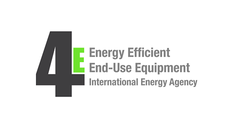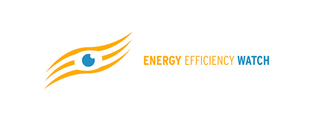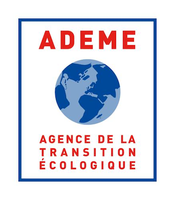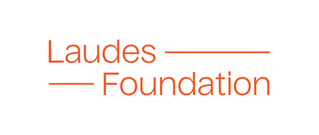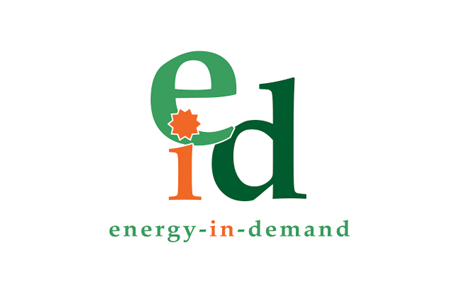Search eceee proceedings
A German, an Italian, a Polish, and an EU official walk into a stakeholder workshop: Supporting energy efficiency policies with the multiple impacts approach
Panel: 2. Efficiency and beyond: innovative energy demand policies
This is a peer-reviewed paper.
Authors:
Frederic Berger, Fraunhofer Institute for Systems and Innovation Research, Germany
Barbara Schlomann, Fraunhofer Institute for Systems and Innovation Research ISI, Germany
Giulia Pizzini, Institute for European Energy and Climate Policy IEECP, The Netherlands
Ivana Rogulj, Institute for European Energy and Climate Policy IEECP, The Netherlands
Niklas Mischkowski, Local Governments for Sustainability (ICLEI), Germany
Matthias Reuter, Fraunhofer Institute for Systems and Innovation Research (ISI), Germany
Abstract
The EU Commission’s Fit for 55 package has outlined the need for increased emission reductions to comply with the Paris Agreement’s 1.5 °C target. Incentivising more ambitious action, the multiple impacts approach emphasises co-benefits of energy efficiency, essentially increasing the cost effectiveness of related measures from a holistic perspective. Major EU projects such as ODYSSEEMURE and COMBI have expedited the knowledge base and methodology. However, in spite of significant benefits discovered and various tools created throughout these projects, the approach is hardly applied in policy-making, complexity and a limited applicability to new contexts being central inhibitions.
Therefore, central tenets of the Multiple Impacts Assessment Tool (MICAT) project are the consideration of European, national, and local levels and the involvement of relative stakeholders and policy-makers in the whole development process of the resulting MICATool, in order to better tailor it to their wishes and needs. The involvement will start right from the conception and design phase: in the course of three national and one EU workshops, as well as in an ongoing exchange with three pilot cities, the demands and requirements regarding the design of the tool, the inputs, and the form of the results are discussed with stakeholders and policy-makers - ranging from European Commission (EC) officials and experts working on climate and energy at EU level, to national officials working in Ministries and other relevant bodies, to local administrators. This will allow the project team to shape and tailor the tool to fit the policy-making process as seamlessly as possible, envisaging the objective to render the multiple impacts approach a paramount aspect of cost-benefit analyses, enabling more ambitious policies to comply with the omnipresent cost effectiveness criterion in EU legislation.
This paper examines how the multiple benefits approach and the MICATool need to be shaped in order to be highly policy-relevant and enable a seamless, ubiquitous, and impactful use in policy-making.
Downloads
Download this presentation as pdf: 2-343-22_Berger_pres.pdf
Download this paper as pdf: 2-343-22_Berger.pdf
Panels of
1. Dynamics of consumption: less is more?
2. Efficiency and beyond: innovative energy demand policies
3. Policy, finance and governance
4. Monitoring and evaluation for a wise, just and inclusive transition
5. Towards sustainable and resilient communities
6. Energy-efficient and low-carbon mobility for all
7. Policies and programmes for better buildings
8. Innovations in products, systems and building technologies














